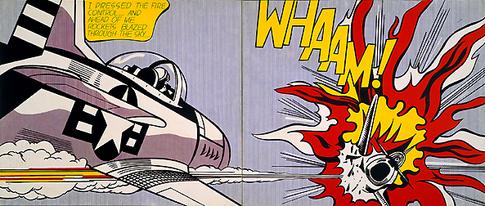Over the course of the research and communication skills sessions, I have made significant progress in both my analytical skills and technical writing. I have learned about the importance of research and artistic reference. Finally, I have learned about the correct method of referencing sources and crediting artists and researchers.
My analytical skills have been greatly improved by the tasks set. I have learned to engage in a piece of artwork, writing or media at a higher level and appreciate the choices of the creators more. For instance, in the first task, when reviewing the short film, ‘Terminal Bar’ by Stefan Nadelman, I had to analyse the film and its social and historical context before forming an opinion about the subject matter.
Another area that I have learned a lot about is communication through writing. I feel that a number of the writing tasks have required a development of my ability to communicate my own ideas and thoughts on certain subject matter as well as think critically and contextually about other work. An example of when I have had to use my communication skills is during the ‘story, message and feeling’ writing task when I had to analyse three published illustrative images and discuss their relevance to my own personal practice. In this task I had to understand both the artist’s given style and techniques, as well as the personal context for their work and then express my own opinion of the work. In this task I focussed on artists who have an illustrative focus around their work including Robert Crumb and Dan Hillier. In order to communicate the rational and ideas of the artists effectively, I first had to do extensive research into their own practices before referencing my own.
Research is one of the topics that I feel I have improved in the most over the course of these tasks. What I found difficult about effective research before was choosing appropriate sources that could be valid for use in a discussion. Also, finding enough relevant information to have a discussion about subject matter was also challenging. However, I think that the research tasks have dramatically improved my ability as a researcher, in that I now look for a mixture of sources including texts, books and websites. Also, I think that I have improved the quality and validity of the sources that I now use, looking for writers and authors who have specialist knowledge or qualifications in the given field of discussion.
Finally, I have learned how to use the Harvard referencing system when citing my personal research. This is a hugely important skill for critical writing tasks because it validated the sources I have used and strengthens any conclusions I have made that I have based on the information drawn from my sources. I have learned the importance of crediting the correct writers and including the dates the source was used in order to be able to compare them to other sources.
In conclusion, the writing tasks have lead to significant improvements in my analytical and critical thinking as well as my abilities as a writer. It has also strengthened my ability to cite research and credit sources.












